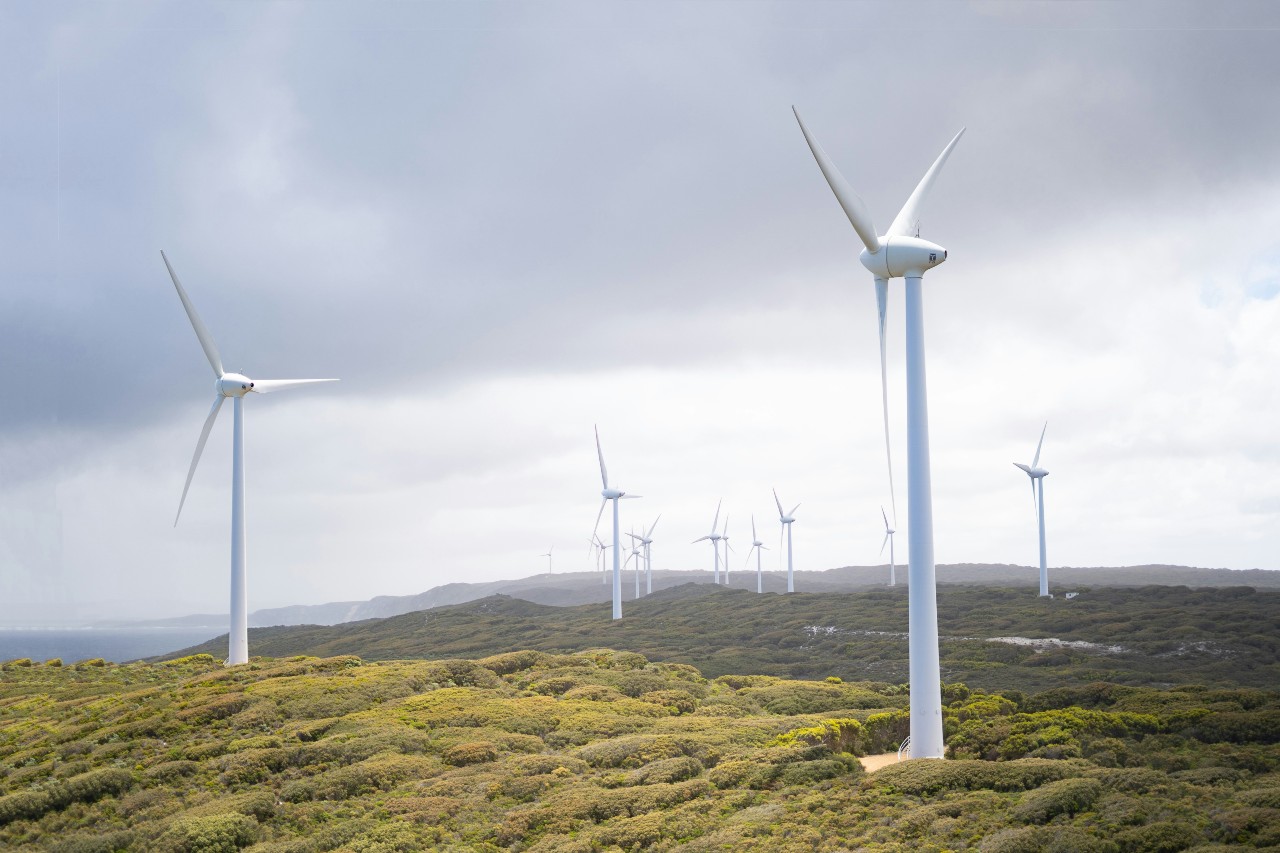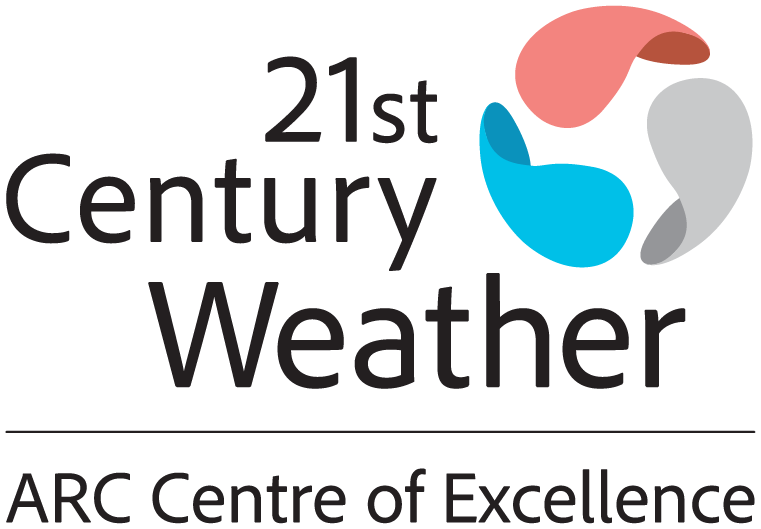
Centre Project: Weather Resources
The weather that we experience near the earth’s surface is vital for our economy, society, natural ecosystems, health, and wellbeing. For example, solar radiation, wind, and rainfall grow our food and provide us with fresh water; and increasingly power our cities and homes. These are our weather resources.
The reliability of weather resources is fundamental to our quality of life. However, their availability is changing as the planet warms. The Weather Resources project will seek to identify, map and quantify weather resources across the continent. A strong focus of this project will be on translating weather resource information into useful tools and knowledge for government and industry to improve scientifically informed decision making.
Knowledge Gaps
Despite their importance, we don’t know enough about the current state of our weather resources, or their long-term future. This is due in part to a lack of focus on weather as a resource in the weather and climate research community, and a lack of understanding about how weather systems relate to weather resources. It is also hard to get useful information about short-term and local weather from climate models, which are better suited to predicting long-term changes at regional and global scales.
Benefits
We will produce the first comprehensive digital atlas that depicts Australian weather resources in the context of the weather systems that produce them. Having identified and described our weather resources, we will focus on understanding how climate variability and change affect them. We will consolidate our results to develop robust predictions about how Australia’s weather resources will change in the 21st century.
Goals & Objectives
- Define the concept of weather resources and their scope;
- Determine the distribution and reliability of weather resources, including their variability and co-variability in space and time;
- Describe and understand the processes that modulate the availability and reliability of weather resources for the present day and in a warmer world;
- Explore how model configurations affect the simulation of the distribution of weather resources;
- Develop tools around presentation and communication of weather resource information.










